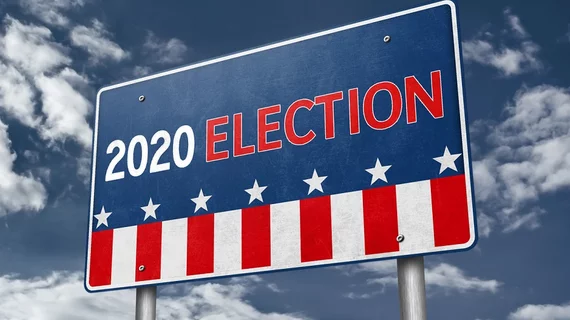RADPAC raised $1M in 2019, placing radiology near the top in contributions
The American College of Radiology Association's political action committee tallied more than $1 million in contributions last year, placing the specialty near the top of the list in hard-cash fundraising.
RADPAC, as it’s called for short, also surpassed the $1 million mark for the ninth consecutive year in a row, the college reported recently. And its fundraising tally is enough to place radiology fourth among its class of 30 specialties, just ahead of anesthesiologists, orthopedic surgeons and dentists.
“Contributions gathered in 2019 from radiologists, young radiologists in practice, residents and fellows have again placed RADPAC is a strong position to support the campaigns of federal political incumbents and challengers whose political views reflect radiology’s advocacy objectives in the upcoming 2020 general election,” ACR said in its news item.
Rhode Island had the highest level of contributions, with 39% of its members chipping in to RADPAC. North Carolina, meanwhile, tallied the largest dollar total at $102,000—the first time any chapter outside of Texas and California reached this mark. More than 60 group practices across the U.S. also had 100% participation among their members, ACR added.
RADPAC recently used its funds to back two radiologists running for Congress who ultimately lost. The political action committee does not contribute to presidential races. However, officials said last month that they’re watching democratic primaries “very closely because of the impact the winner could have on future healthcare policymaking, and more specifically in radiology.”

